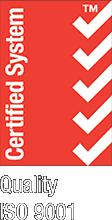Setting out to develop a high-quality mobile app against the backdrop of a fast-paced digital world, requires careful planning and execution.
Since their inception, Mobile Apps have evolved over time to become an integral part of connecting businesses with their customers. With a projected market volume of US$ 673.80 billion by 2027 there has never been a better time to join the mobile app economy and prosper.
In this blog post we explore the 10 Key Steps to Develop a High Quality Mobile App that delivers superior performance, exceeds user expectations and stands out in the marketplace.
Step 1 – Define the Purpose and Target Audience
Every app starts with a story and that story is most often based on solving a problem. The very first step in developing a high quality mobile application is to obtain a clear grasp of your mobile app idea’s purpose and concept, along with a well-defined strategy.
Here are some important questions to answer:
- What is the purpose of my mobile app?
- What problem will it solve?
- Who will use my app?
- What do they hope to get out of it?
- Does my app align with the needs and expectations of my target audience?
To make an impact In today’s crowded app stores your idea must be unique and offer your target audience a significant solution to an everyday problem that can be monetised. If you’re targeting an already crowded area, your app should offer distinct and innovative features making it more appealing to prospective users.
Don’t be afraid to spend lots of time here since you haven’t invested in many resources as yet.
It is at this point that you should also consider how you will monetise or make money from your mobile application.
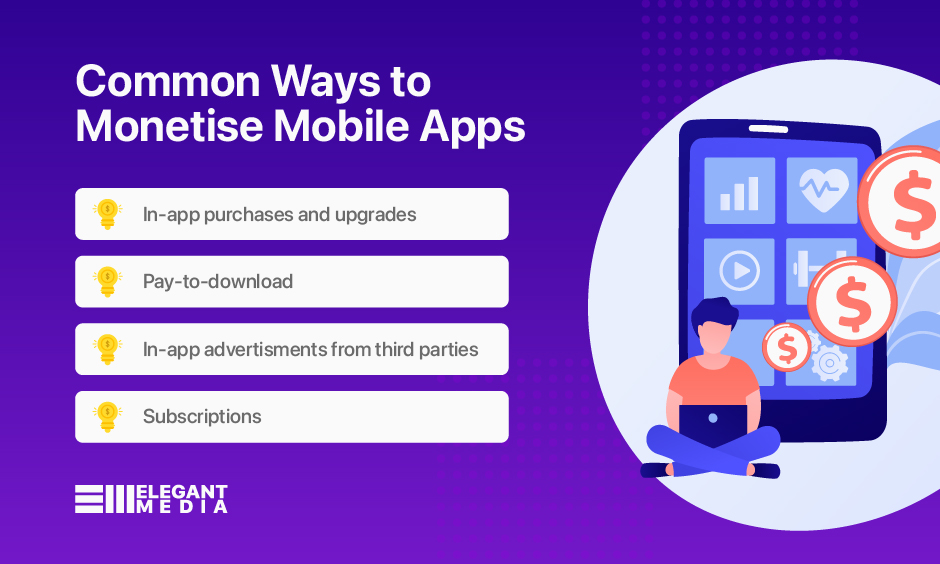
Step 2 – Research the Competition – (Develop a High-Quality Mobile App)
With thousands of mobile apps available, having zoomed in on an idea and concept you must analyse it further by undertaking competitive research.
Here are some important questions to answer:
- What other similar apps are out there?
- What are their strengths and weaknesses?
- What gaps exist that you can occupy?
- How will you position your app so you stand out amongst the competition?
Step 3 – Choose the Right Platform – (Develop a High-Quality Mobile App)
As an app maker, one of the most important steps to develop a high-quality mobile app is choosing the right platform. Be it iOS or Android (native apps) or even a web application, each platform has their own share of pros and cons, but your decision should mainly revolve around your app’s target audience. As an app creator, focusing on a single platform may limit your potential user base.
Here are some important questions to answer:
- What is the most popular platform amidst my target audience?
- What are the cost implications of native app development vs. cross-platform app development?
- Based on the selected platform what amount of budget have I allocated for post launch app maintenance?
Cross-platform development (hybrid applications that can run on different platforms with one single code system) can save you time but may possibly attract higher development costs. Your mobile app developer will always be on hand to guide you through this stage.
The choice of platform and technology stack will greatly influence the user experience and performance of your app. To develop a high-quality mobile app, select a technology stack that ensures security and future scalability.
Different platforms offer different security features and standards. You must consider your app’s security as well now – including how your mobile app will store and manage customer data in the future.
Step 4 – Create a Strong User Experience (UX) – (Develop a High-Quality Mobile App)
To avoid frustrating users, high quality mobile apps will offer a very powerful user experience (UX), user interface (UI) and journey. Having decided on your choice of platform, your next step is to create mockup wireframes in order to review your app’s usability.
Having a clear and precise understanding of the demographics, preferences, and behaviours of your users will provide you the opportunity to formulate an user interface that will resonate with your audience thereby increasing your likelihood of success.
Here are some important questions to answer:
- Is my app easy to use?
- Is the user journey and experience memorable?
- What am I doing different from others?
- Do I have a brand guideline so my app’s branding is consistent and understood by both designers and developers?
When it comes to design, simplicity is the key. The UI should lend itself to a smooth user flow against the landscape of being easily navigable, user-friendly, intuitive, engaging and visually appealing.
This is a very important step in your app development journey so do not hesitate to spend time making sure your application will meet your audience’s needs. It’s better to start heading in the right direction at this point, rather than having to return to this stage halfway through development.
Wireframes and prototypes supply you with a blueprint of the app’s flow and functionality. These early models help you visualise the app structure, so you can implement changes to the user journey prior to investing in development.
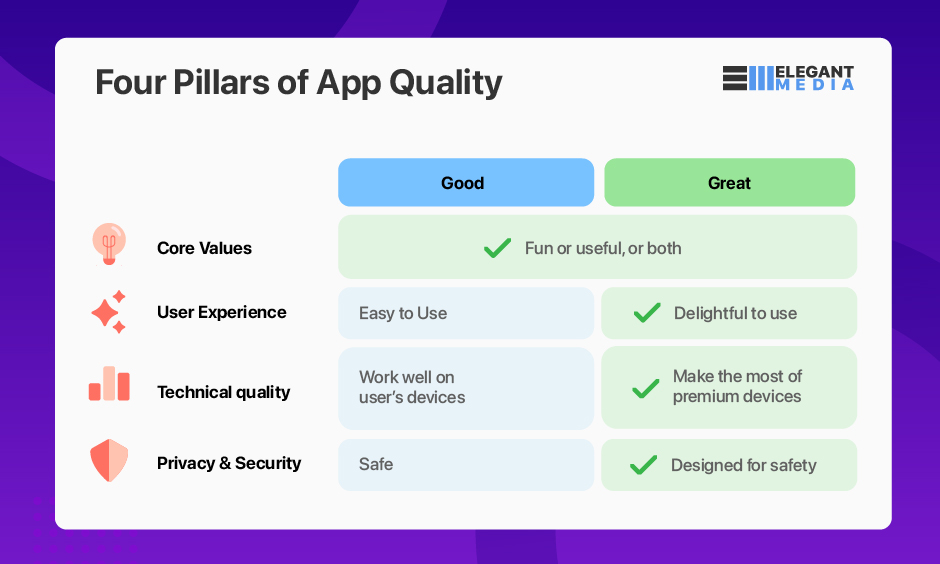
Do not squeeze too many features into your mobile app at the start. A better approach to develop a high-quality mobile app would be to categorise features into ‘necessary’ and ‘desired’ and only include the ‘necessary’ features in the first version of your app.
Step 5 – Create a Prototype or Minimum Viable Product (MVP)
Having obtained a clear vision for the user journey, interface and experience it is advisable to opt for a prototype or MVP (a simplified version to test and gather user feedback) of your mobile app.
Creating a clickable and interactive prototype or an MVP will help validate the concept, optimise the user experience and minimise risks.
You can furthermore also obtain a better work scope and a milestone roadmap, for the next app development phase. Your mobile app development partner will take you through this process, step by step.
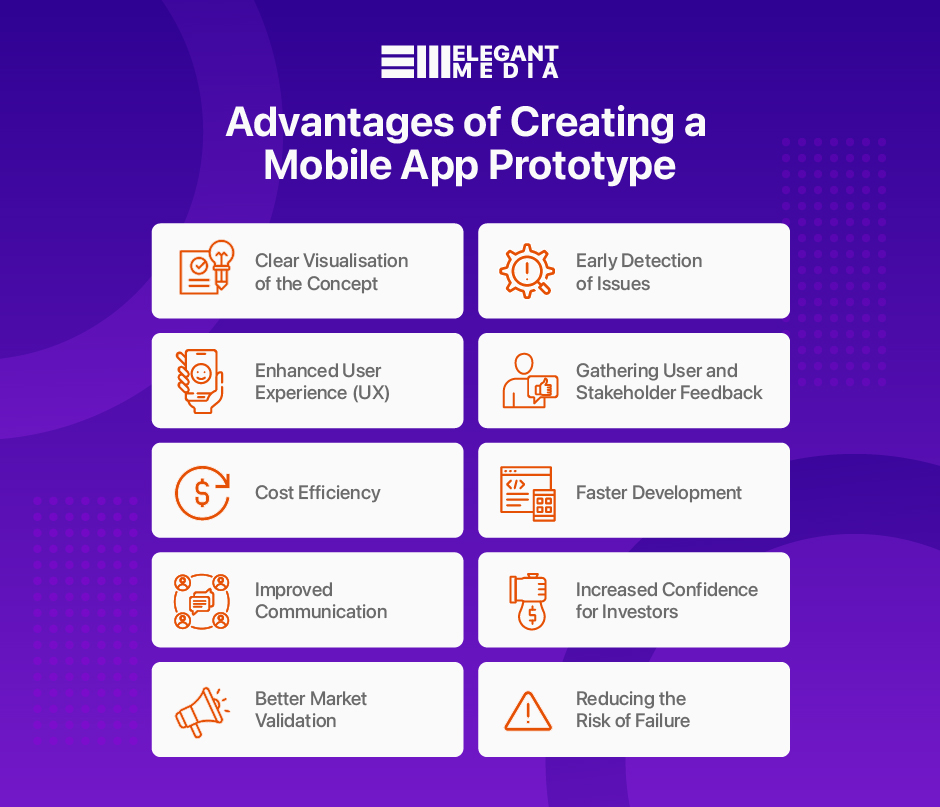
Step 6 – Develop and Test – (Develop a High-Quality Mobile App)
The next key step to develop a high-quality mobile app is when your app’s functionality is coded. It is possible to have a more positive outcome if your mobile application developer follows an agile project management methodology that can allow for efficient, adaptable, and flexible coding.
Regular testing during the development phase is an absolute must.
Here are some important questions to answer:
- Is my app responsive and fast?
- Does my App work smoothly on all popular devices and network conditions (Wi-Fi, 4G, 5G etc.) ?
- Does all the app functionality perform as intended?
Front-end development refers to the face of your app – essentially what the end-user will see. Back-end development is about the behind the scenes code, which coordinates how your app will function.
You have to pay special attention to the responsiveness of your mobile app, making sure it works seamlessly across different devices and operating systems, as applicable. It’s important to make sure your mobile app development company offers in-house testing of each new build as standard.
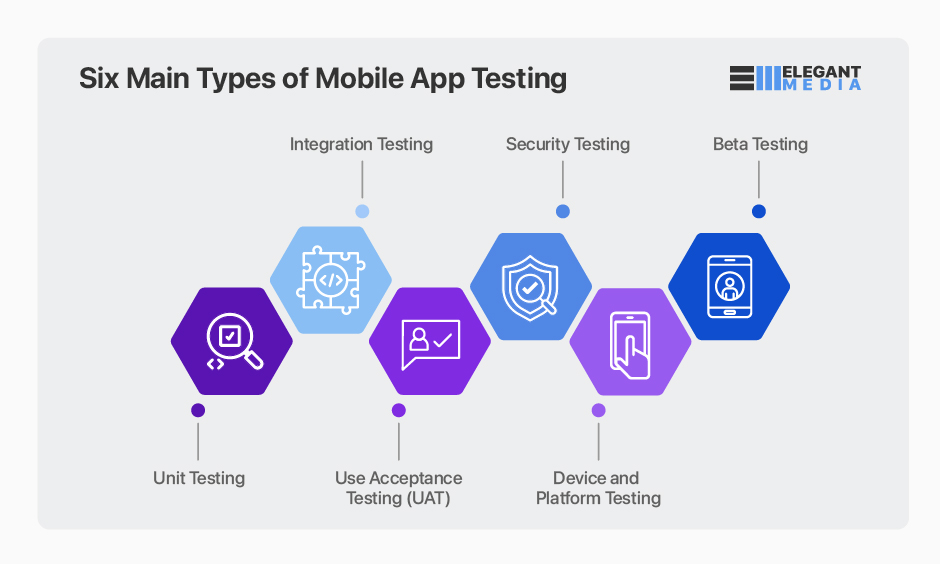
Testing can increase time spent in the development stage, but in the long run it can dramatically reduce both time and monetary costs of maintenance and support.
Step 7 – Collect User Feedback and Develop a High-Quality Mobile App
A high-quality mobile app must be fast, responsive, and secure. As an app maker, one way to evaluate this would be to release a beta version to a small group of test users from your target audience.
Here are some important questions for Beta testers to answer:
- What do you like best about this app?
- What do you like least?
- Did you have any trouble operating it? If so, what was the problem?
- Do you like the overall look and feel of the app?
- What would you change about it if you could?
By collecting user feedback from test users it provides you with an opportunity to identify areas for improvement and optimise your app’s usability, performance, and features.
Step 8 – Pre-Launch Marketing
With a potential launch date on your radar, you can now begin pre-launch marketing that will get the word out and generate excitement and awareness around your app’s release.
Create a marketing plan that includes social media promotions, email campaigns, influencer outreach, and paid advertising. Build excitement and awareness leading up to the launch, so users are eager to download your app as soon as it’s available.
Step 9 – Launch & Deployment
Any app launch requires careful planning and execution. To give your app launch the best start, your App must be optimised for App Store listings, you should be hosting a comprehensive promotional website and your digital marketing should also be in full flow.
Step 10 – Monitor, Update, and Improve
Launching your mobile application is only half the task. In order to drive its success you should continuously monitor user feedback, app performance, and analytics to identify potential improvements.
In addition, you should also invest in app maintenance and support in order to regularly release updates to fix bugs, introduce new features, and improve functionality based on evolving user needs.
Make sure your mobile app builder offers maintenance and support services as part of their business offering.
Conclusion
Developing a high-quality mobile app in today’s competitive marketplace, where user expectations are high, is a multi-step process that requires planning, design, development, testing, and continuous improvement.
In order to create a mobile app that not only stands out but also delivers long-term value to users, you should have a clear focus on your app’s purpose, user experience and performance.
Always work with an experienced, reputed and established mobile app development company in order to ensure the success of your mobile application through a mix of usability, relevance, and attractive features.
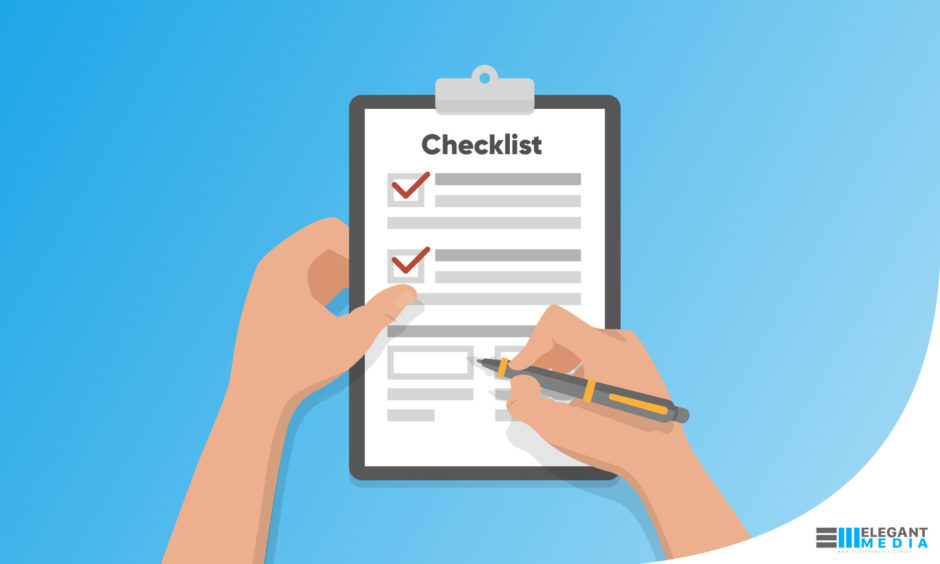
Success Checklist
- User-Centred Design – Invest in creating a visually appealing and intuitive User Interface (UI) ✅
- A seamless user experience (UX) – So users remain engaged and interact with your app continually ✅
- Performance and Speed – Make sure your App performs optimally ✅
- Security and Privacy – Provide users with re-assurance that their data will be safe ✅
- Feedback Loop – Listen to what users are saying and modify/improve accordingly ✅
- Marketing and Promotion – Get the word out there and everywhere. Build up a hype before you launch and keep promoting your App ✅
- Monetisation Strategy – This is very important. Pay attention to how your app will make money as users grow ✅
- Customer Support – Offer users a point of contact and support ✅
- Analytics and Metrics – Measure and evaluate what’s working and not working regularly ✅
- Always work with an established and reputed mobile app development company ✅





